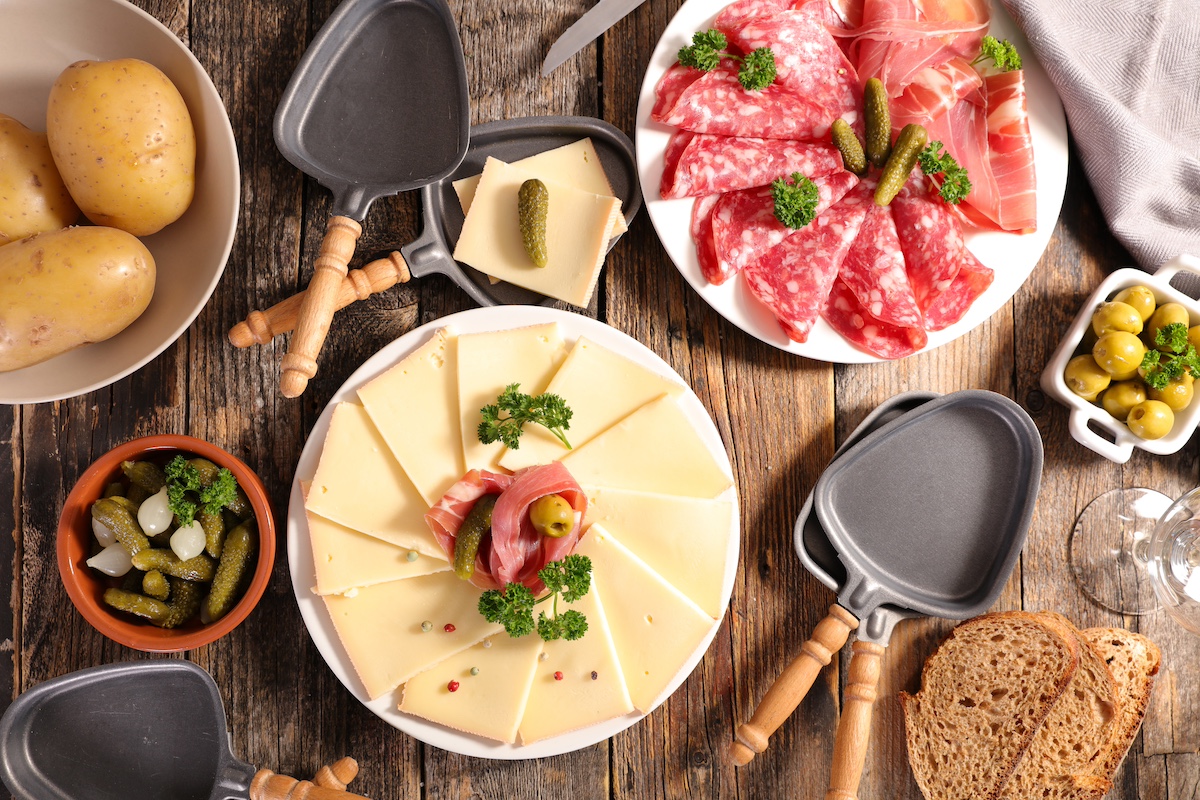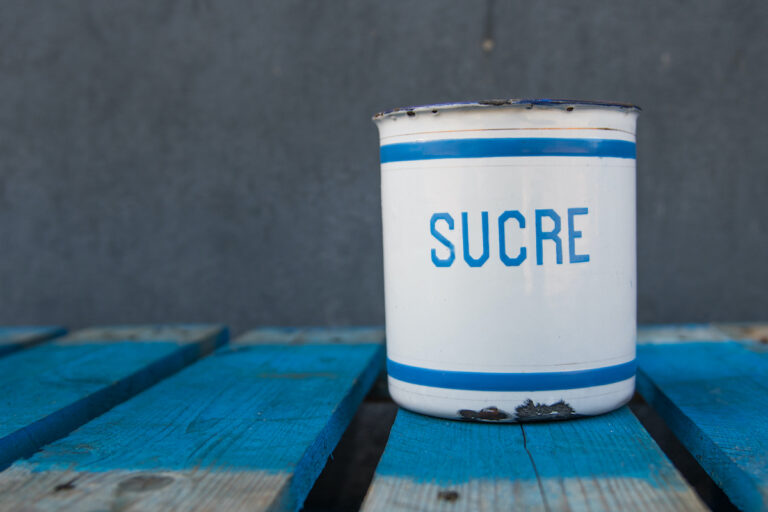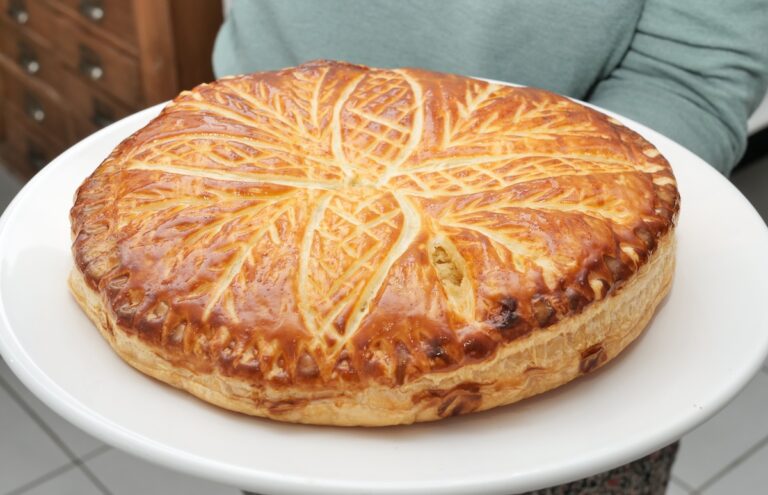February 16, 2024
Dear Frenchly Readers,
By the time you read this, I should be in Lyon, France, where I have been going with my family roughly once a year. We love Lyon. And we love Lyon as a base from which to go do other things in France. This time we are taking my 76-year-old father to see some art, eat some food, and have some time together.
But in order to get there, we have had to leap through a Jobian obstacle course of trials: Our family has gotten almost every virus out there since November 30th. As I write this, my youngest son, up all night vomiting, is in the next room reading. My only hope, today, is that when you read this on Friday we all will have gotten there, first off, and gotten there with minimal discomfort to ourselves and our fellow passengers.
But this morning, while the rest of the morning was busy Googling more photos of Taylor Swift and her hotheaded Kansas City “Chief” boyfriend–who, in yet another public display of male rage, shoved his coach and then screamed in his face during Sunday’s Super Bowl. People, like, are we gonna talk about this?–I was thinking about salt.
Yesterday, I made two loaves of a fluffy sandwich bread. And as I was tartiner-ing it this morning–toasting, adding butter–for my patient upstairs, I was putting a little sprinkle of salt on top when I remembered how my co-editor, Cat Rickman, told me in this conversation that she always buys salted butter and then adjusts the amount of salt she uses in recipes.
I, on the other hand, tend to buy unsalted and sprinkle salt on top of things, like toast. I was thinking about why I do that, and I realized that in a lot of American butter, the salt ratio is off, and the salt has a slightly tinny taste. Instead, I like the creamy cultured taste of unsalted, good quality butter, with added salt of my choice. (She buys fancy Isigny butter, a block of which would last, like, ten seconds in my house.)
Humans (all animals) crave salt when we have been sick–up all night vomiting, for instance–or are stressed or thirsty; our body is trying to restore its nutrient balance. There are also some health conditions that can make a person crave salt, specifically one that indicates problems with the adrenal glands.
As I was musing on salt, and the good-quality salted butter you can get in France, where the salt is perfectly balanced in the cream and melts on the tongue, I was remembering this article by the NY Times food writer, Melissa Clark, about harvesting Guérande salt in France last summer (which made me very jealous). And I thought I’d look up a bit of French salt history.
So, here it is, in a nutshell, the greatest hits of salt:
- Over 4,700 years ago, the first known treatise on herbal medicine, the Chinese Png-tzao-kan-mu, recorded over 40 types of salt, and also methods for extraction and processing salt.
- Archaeologists have found evidence of clay pots, which, they believe, were used to evaporate salt water and leave just brine, and then salt, behind, in both Britain and the Guérande marshes, dating back to the Iron Age, between 1200 and 600 B.C.
- The Roman Empire used salt as a currency, resulting in use of the word “salarium” for a stipend or allowance. “Sal” is salt. This later became the French word, salandrier, or salt cellar, and from those words we get “salary.”
- The Romans were the first to create salt pans.
- Urine, egg white, ale, and even blood were used to either help salt coagulate or as anti-foaming agents as salt was cooked down and distilled.
- Table salt, the kind we know of today, is heated to a very high temperature in order to achieve such a fine texture. Then additives, like dextrose (which is made from corn and which I wrote about in my book, Modified) is added to help it flow freely.
- Table salt, like Morton, has almost no nutritional value; raw salt, like the kind harvested from the marshes in southern France or in the British Isles, or on the coast of Maine, where I live, is full of minerals like Iodine and Magnesium, which the body needs to survive.
- A few years ago, this gray Celtic salt used to come with a label that said it had been tested to make sure it was free of pesticides and chemicals. That label is gone now. The world has become too contaminated.
- In France, salt was taxed; the word gabelle was used to mean the salt tax and came from an Arabic word, “kabala.”
- In 1343, salt became a state monopoly in France and was taxed by King Philippe VI de Valois. The introduction of the tax led to contraband salt–often from the French county of Maine. (Yes, like where I come from.) Dealing in black market salt could lead to death.
- The salt tax was another reason for the French Revolution. In 1790 the gabelle was abolished.
- To be “worth one’s weight in salt” or “salt of the earth,” are both very high praise.
Today, salt is still harvested from the Guérande on the Atlantic and the Camargue marshes, in southern, Mediterranean France. It is a completely natural process, where sea water sits in low tanks and is skimmed and stirred until it evaporates in the sunshine, leaving the salt crystals behind. The salt marsh workers are part of the national heritage of France, and their official name is paludiers, “palus” meaning “marsh” in Latin.
Coarse salt is the first salt harvested and is gray, moist, and replete with minerals. A more refined version of this salt is dried, sieved, and ground until it is almost white. Fleur de sel is picked from the top of the salt marshes when the conditions are hospitable, and then broken into light flakes.
French cooks have an almost a genetic understanding of how to use salt, it seems to me. And how to use it so simply, as sometimes the only ingredient aside from some nice butter on something as lowly as a zucchini. See Kate Christensen’s comment on that in this interview I did with her about her new book, Welcome Home, Stranger.)
Salt makes everything better. But knowing how much to use, and when, is key. Many cooks don’t really get this, can’t feel it in their hands, and I find that, like writing, it is hard to teach. But here are a few rules I have tried to teach my husband, who has been known to make things inedibly salty or not salty enough:
Beans love salt, the more the better; acid can undo it if you use too much, like apple cider vinegar, tomatoes, or lime juice. If you’ve made something too salty and have tried acids, try some unsalted butter, olive oil, milk or cream to back it up: the fat will balance the salt out. When you add salt and a good pour of olive oil to your salad, take enough salt in your pinch to make it once in a circle around the bowl, the salt slipping out like in a hourglass. Salt will help onions and peppers cook better and more flavor will be released as they cook–same with meat or eggplant. Knowing how to sprinkle the right amount of salt on top of a cookie is an art–you never want too much, and bigger crystals, yet fewer of them, is always better–4-6 crystals per cookie.
À cuisiner, boire, regarder et lire ce weekend:
Mark Kurlanksy’s book on Salt is on my reading list. If you want to know more about the complicated and interesting history of salt, I suggest you put it on yours, too!
Cat says that salt is the key to her take on a French Margarita.
Also, if you are interested, the fête du citron, or the lemon party, will take place in Menton in the South o’ France, on the Mediterranean/Italian border. There you can learn about citrus scented perfumes, eat lemons to your heart’s content and learn how to cook with citrus, and more. Check it out, here (the photos are wild!).
Salt goes amazingly well with lemon, speaking of citrus. Here’s Alison Roman’s salted lemon meringue pie, as an example. Or, this one, with basil and some weird little chunks on top.
Now you can go around saying, like the French, “A table without salt is like a mouth without saliva!”
Ok, that’s it for this week. Next week: Sugar. (Which also goes great with citrus.)
À bientôt,
PS: If you like these Le Weekends, please forward them. Frenchly is growing and improving and we want as many people to know about our writers and interesting subjects as possible!
Did you get forwarded this email? Sign up here on our homepage at the sign-up widget to receive this newsletter every Friday in your inbox. I’ll give you news, films, recipes, books, stories and more every Friday afternoon to help you plan and enjoy your weekend! All for free!
If Le Weekend is going in your junk or spam or promotions box, please add us to your contacts by clicking on the address and hitting “add contact” or by dragging “Le Weekend” into your regular inbox, so you don’t have to hunt for it each week.
If you have missed any of my Le Weekends or are new to this newsletter (or just want to go find a TV show, podcast, singer, movie or recipe I once mentioned) they are all here on Frenchly.us.
Come find us on Twitter, Instagram, or Facebook.
And to advertise with us, contact our great sales team here.
Eat Frenchly
Drink Frenchly
French Recipes
Le Ciné with Andrea Meyer
French Sports
The Great French Hope Hits the NBA











